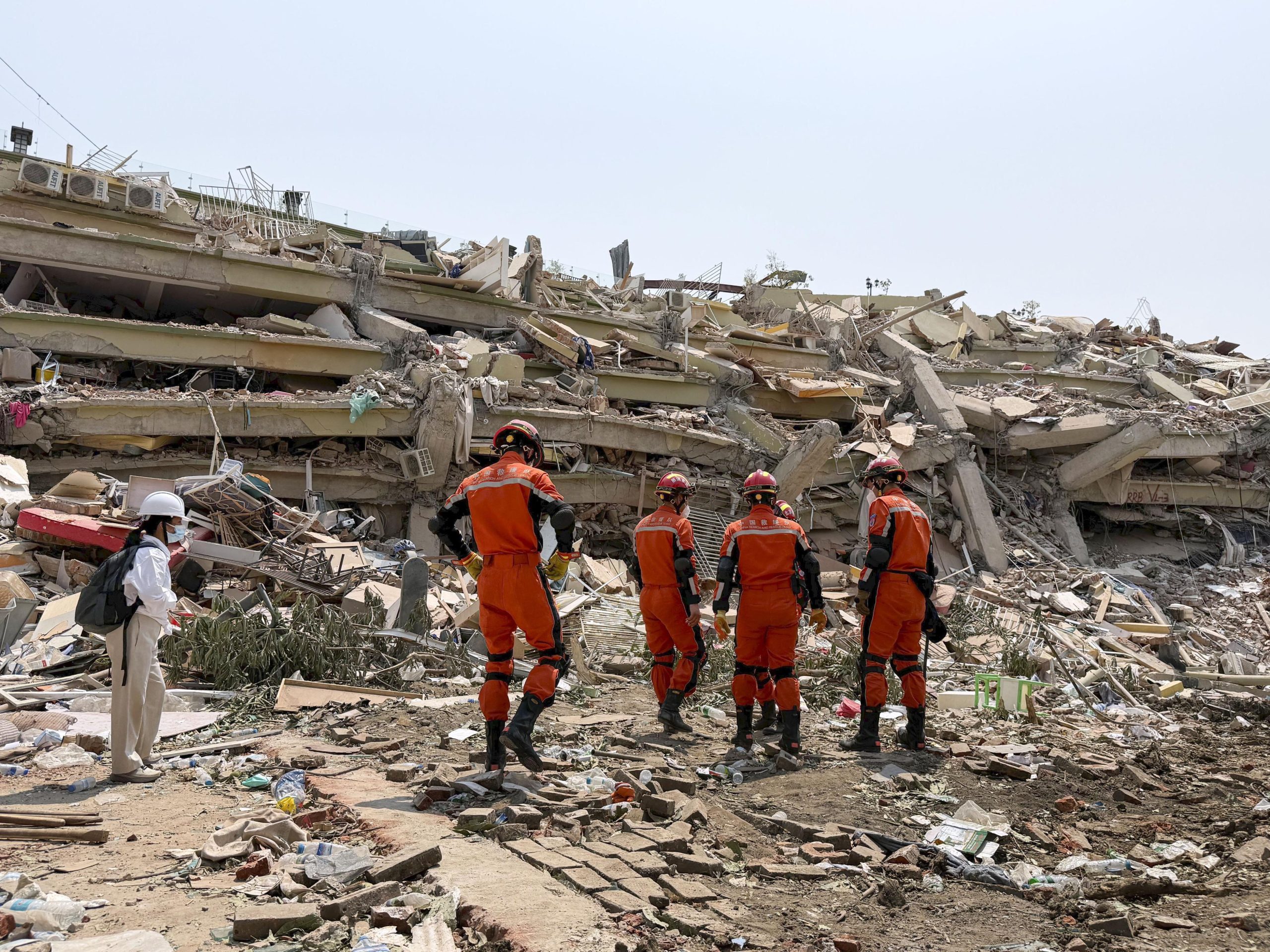A few memorable snapshots from today’s “Day of Rage” protests in Egypt:
• A group of about 100 protesters is marching along the Nile corniche chanting anti-government slogans. From the other direction comes a much larger group of demonstrators. The two sides embraced in the street amid raucous cheering and began marching together.
• About 1000 protesters march through the lower class district of Boulaq Aboul Ela. Many of the protesters appeal to sidewalk gawkers and local merchants to join them. I spot a matronly woman in her 40s holding a young girl and enthusiastically giving the marchers a thumbs up. Next to her, an elderly woman with about four teeth beams with pleasure and happily chants anti-government slogans as the demonstrators march past.
• With more than 1000 protesters jostling with riot police outside the Supreme Court downtown, I take a walk away from the war zone to look for side protests. On a deserted stretch of 26 July street, a young family — middle aged man and woman with a boy who looks about nine years old — walk arm-in-arm down the middle of the street chanting “down with Hosni Mubarak!”
Today was a day for witnessing scenes that most Egyptians never imagined would be possible. But with the echoes of the Tunisian uprising still rippling through the region, the Arab World’s most populous country is entering into uncharted waters. Inspired by the waves of civil unrest that drove Tunisian dictator Zine al Abideen Bin Ali from power earlier this month, Egyptians produced a public response unprecedented in at least 30 years.
Thousands of protesters took control of downtown Cairo’s central Tahrir square this afternoon as a series of nationwide demonstrations demanded an end to President Hosni Mubarak’s 30-year reign. A massive deployment of black-clad riot police used water cannons, tear gas and batons to repel the protesters, who pushed through police cordons and established dominance over the entire square, just one block away from the Egyptian Parliament.
As of late afternoon, the situation downtown was tense and uncertain, with the police alternatively advancing behind a hail of tear gas canisters, then giving ground once the crowd regrouped. The air in Tahrir square was thick with the acrid stench of tear gas as police struggled to cope with the sheer size of the demonstration. Only time will tell if today’s events will produce something long-lasting that builds into an actual threat to President Hosni Mubarak’s 30-year reign. But at the very least, this was the first time in 13 years of covering protests in Egypt that the protesters potentially outnumbered the police.
At one point, more than a thousand people stood outside a building on along the Nile belonging to Mubarak’s ruling National Democratic Party and chanted “illegitimate” and “Oh Mubarak, your plane is waiting for you” — a reference to Bin Ali’s abrupt flight into exile 10 days ago. Independent estimates on crowd size were sketchy, but the protest I witnessed in Tahrir Square numbered at least 5,000 strong, with reports of similarly sized crowds of demonstrators marching toward the city center to join the main protest.
Today’s events — timed to coincide with the National Police Day holiday — started as a series of scattered protests in at least six different parts of Cairo. Organizers had originally announced they would gather outside the Interior Ministry near Tahrir Square. But that proved to be a bluff, as word went out via Twitter and Facebook about a series of alternate gathering points. Throughout the day Twitter proved to be a crucial platform for both organisation and real-time reports from the street. But the service abruptly stopped working for most people around 4:30 pm, prompting speculation that it had been blocked.
By nightfall, calls were going out on Twitter for anyone living in the downtown area to bring supplies in preparation for an all-night sit-in. There was also a call for local residents to remove the password protection from their wireless networks so that protesters could use them to get online.




